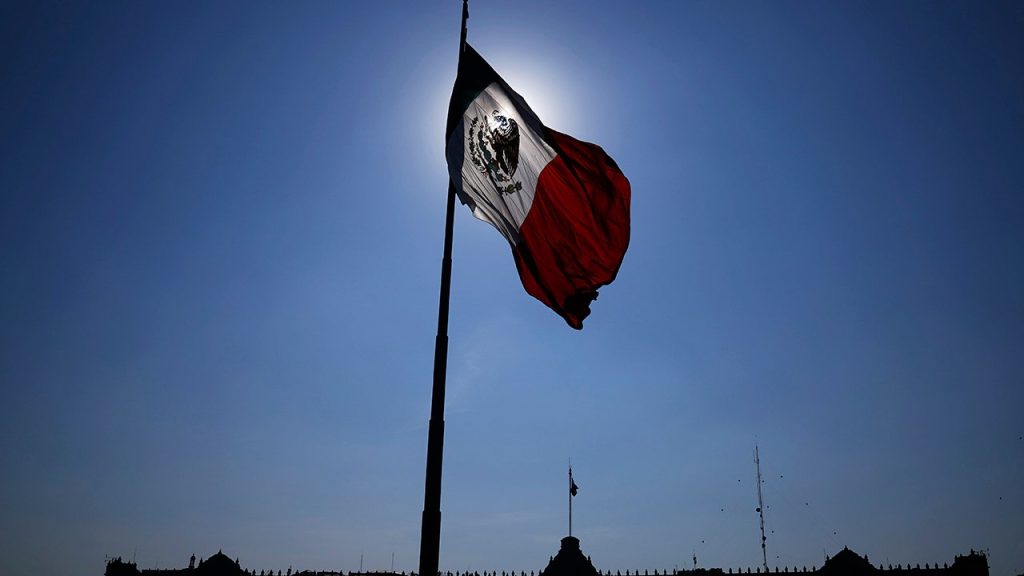Mexico experienced hours of rolling blackouts late Tuesday due to high temperatures and temporary drops in electrical power generation. The government’s National Center for Energy Control reported that the blackouts lasted approximately five hours, affecting about 5% of customers with the largest power cut lasting about four hours. The blackout was partly caused by a spike in power demand in the early evening as many Mexicans arrived home and turned on television sets, fans, and air conditioners. Mexico has been breaking high temperature records this year, with about a third of the country expected to reach 113 degrees Fahrenheit. Greater Mexico City reached a high of 92 degrees on Tuesday, despite typically cooling down at night.
One of the reasons for the power generation drop was lower output from hydroelectric dams, affected by drought, as well as clouds impacting solar power. Mexican President Andrés Manuel López Obrador faced criticism following the blackouts as he has prioritized increasing the role of the state-owned power company, CFE, while reducing opportunities for private power generators. Many of the state-owned plants supported by López Obrador burn fuel from government-owned refineries, resulting in higher emissions. The president has also aimed to limit cleaner, private power generation involving natural gas or renewables. The recent blackouts were seen as an embarrassment for López Obrador, raising questions about the country’s energy policies and their impact on electricity reliability.
The Mexican government has implemented visa requirements for Peruvians in an effort to slow down migration to the United States. This move comes amidst a surge in migrants from various countries seeking to enter the US, resulting in challenges for border security and immigration authorities. With Mexico serving as a transit country for many migrants on their way to the US, the government’s decision to impose visa requirements on Peruvians is seen as a measure to discourage migration and impose stricter controls on entry into the country. This decision reflects broader concerns about migration patterns and the need to address the root causes driving people to leave their home countries.
As Mexico grapples with issues related to power generation, climate change, and migration, the government is facing pressure to address these challenges effectively. The high temperature records and resulting blackouts underscore the need for sustainable energy sources and infrastructure to withstand extreme weather conditions. Additionally, the imposition of visa requirements for Peruvians highlights the complexities of managing migration flows and enforcing border controls. President López Obrador’s energy policies and approach to power generation have drawn criticism for favoring state-owned plants over cleaner private generators, raising concerns about environmental impact and energy reliability.
Greater Mexico City is particularly vulnerable to heatwaves and climate change effects, with high temperatures becoming more frequent and intense. As the country continues to experience extreme weather events and challenges in maintaining a stable power supply, there is a growing need for long-term solutions that prioritize sustainability and resilience. Addressing these issues will require a coordinated effort from government officials, energy experts, and environmental advocates to develop strategies that support Mexico’s transition to cleaner energy sources and reduce its dependence on fossil fuels. By addressing the root causes of these challenges and implementing sustainable policies, Mexico can work towards a more secure and stable energy future while ensuring the well-being of its population and environment.


